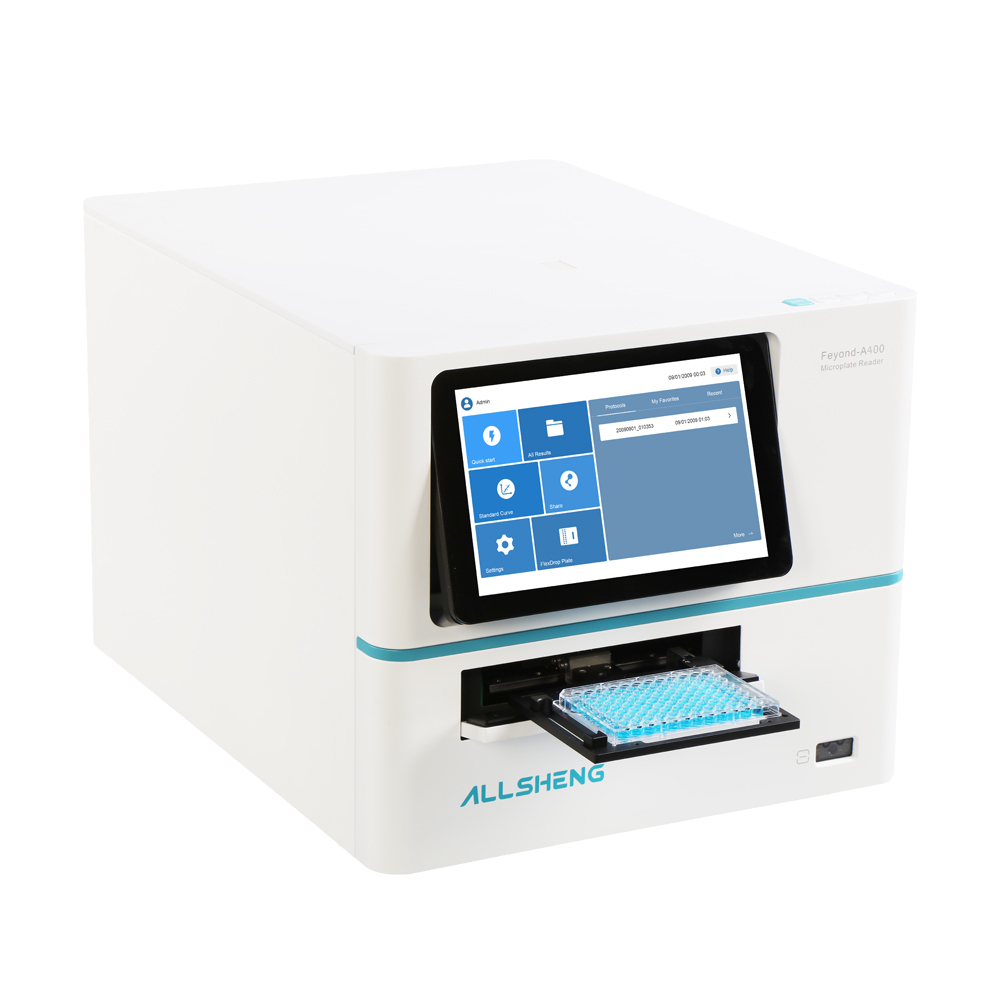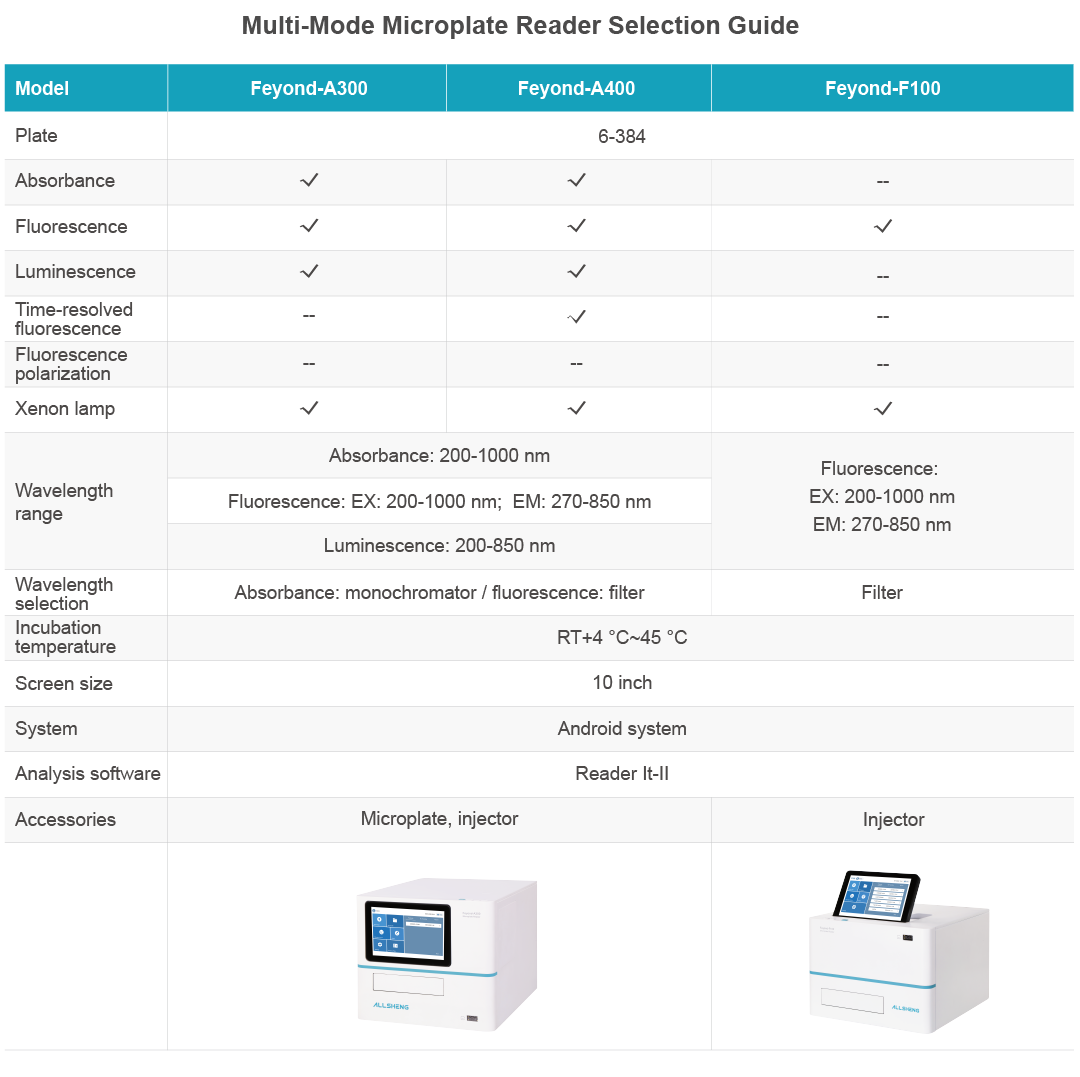Feyond-A400 TRF Function
Compared with Feyond-A300, Feyond-A400 multi-mode microplate reader adds TRF function (time-resolved fluoroimmunoassay), which is more conducive to the kinase activity, antibody detection, biomarker detection, G protein coupled receptor research, biological process analysis, immune process analysis, protein modification and molecular interaction analysis.

What’s TRF?
TRF is a new type of non-radioactive micro analysis technology established with unique fluorescent elements and their chelating agents as demonstrators.
What are the lanthanides?
Lanthanide elements refer to 15 elements in the periodic table from element 57 to element 71. Most lanthanide elements do not have fluorescence properties. The aqueous solutions of samarium Sm3+, europium Eu3+, terbium Tb3+ and dysprosium Dy3+ in lanthanide elements can emit weak fluorescence under the excitation of light source. They can transfer energy to the complex to significantly enhance the fluorescence intensity by combining a chelate as a medium.

What are the characteristics of TRF?
1. Long fluorescence half-life: the fluorescence life can reach μs level, 103~106 times of the traditional fluorescence decay period (ordinary ns level). By delaying the measurement time, the interference of self short-lived fluorescence and scattered light from samples and reagents can be overcome to the maximum extent, and the detection sensitivity can be greatly improved.
2. Large stoke displacement: the stokes displacement of ordinary fluorescent materials is between 20-50 nm, which is easy to generate excitation interference; The Stokes shift of lanthanide elements can reach more than 200 nm, which overcomes the interference of scattering light caused by stimulated luminescence.

Multi-Mode Microplate Reader Selection Guide


 Biological Sample Preparation
Biological Sample Preparation
 Life Science Detection Products
Life Science Detection Products
 POCT Detection & Reagent
POCT Detection & Reagent
 Automation & Liquid Handling
Automation & Liquid Handling
 Laboratory Instrument
Laboratory Instrument
 Reagent & Consumable
Reagent & Consumable
 Others
Others
 OEM/ODM
OEM/ODM












 Release time:2022-12-09
Release time:2022-12-09
 Source:
Source:
 Pageviews:3740
Pageviews:3740













 + 86 571-88859758
+ 86 571-88859758 sales@allsheng.com
sales@allsheng.com



